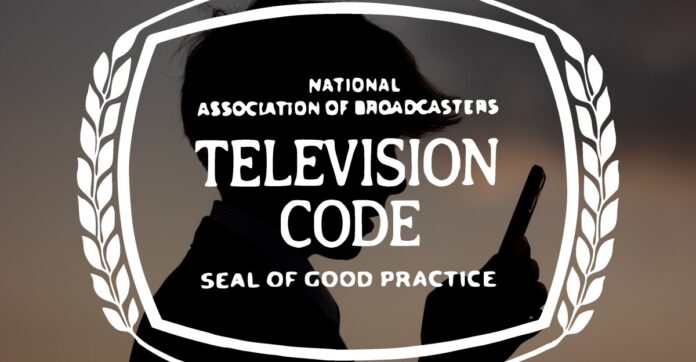Is Instagram Becoming the New TV?
If you’ve been scrolling through Instagram lately, you might have noticed something has changed. It feels a bit different, doesn’t it? It’s starting to resemble TV more than ever before. This shift might be met with mixed feelings—while some parents may cheer for more controls, others raise eyebrows at how tech seems determined to keep us glued to our screens.
So what’s the latest news? Instagram just announced a new content setting for teen accounts. From now on, most of what teenagers see will be akin to what they would encounter in a PG-13 movie. There are also options for content similar to PG and R-rated material, but parents have to give the green light for that. On top of this, Instagram is even thinking about launching a TV app so you can watch those catchy Reels on your big screen at home. It’s as if Instagram is transitioning from an app to a full-blown television network.
You might wonder why this change matters. Well, tech companies are increasingly looking to capture our attention, just like the traditional TV networks did decades ago. Derek Thompson made an interesting point recently: “Everything is television.” He explained that only about 7% of the time users spend on Instagram involves engaging with content from people they actually know. The rest? Well, it’s a mix of random videos, memes, and, yes, cat videos.
This whole idea brings us back to the past—a time when TV was viewed as a giant, glowing box that could influence our thoughts.
A Brief History of TV and Its Impact on Us
Back in the day, TV had its own set of limitations. There were only a few channels because the technology and available spectrum were limited. The Federal Communications Commission (FCC) was created to oversee what could be broadcasted.
Even then, people worried that television was “rotting the brains” of the young. Edward R. Murrow, a prominent broadcaster, once said that entertainment TV was the “real opiate of the people.” Fast forward to 1961, when Newton Minnow, an FCC chair, famously called television a “vast wasteland.” It was primarily filled with game shows, formulaic comedies, and tons of violence. Can you imagine what he’d think of TikTok today?
The growing concern about TV’s influence led to regulations about what could be aired during certain hours. While obscene content was outright banned, some inappropriate material was allowed late at night when most kids were supposed to be asleep. This, however, mirrors today’s challenges with online content.
The Struggles of Regulating an Online Universe
Today’s online world isn’t easy to regulate. Experts are considering creating a tiered internet: one for kids under 13, one for teens, and one for adults—think of it like PG, PG-13, and R-rated sections. But age verification is a nightmare! Some states have started pushing laws to verify ages for adult content, but regulations vary widely.
The Children’s Online Privacy Protection Rule (COPPA) helps protect kids online, but it’s not always enforced effectively. The technology to verify ages is still evolving. Sometimes, it’s more of a guessing game rather than a secure process. High-tech methods? They’re still being tested and can come with their own set of problems.
In the past, TV was about simple dangers, like swear words and cheesy game shows. Today, it’s about more complex issues. Instagram and TikTok are interactive platforms that can cause anxiety and negative mental health outcomes.
Are We Ready for a Safer Online Environment?
Imagine if the proposed three-internet strategy worked. Parents would breathe a sigh of relief knowing their children would have access only to age-appropriate content. For some adults, it could mean a less stressful online experience—less chance of stumbling upon something shocking.
Giving kids an age-appropriate online experience could lead to a safer environment for everyone. And it shows that companies like Instagram may be more capable of offering a better experience than they previously thought.
What This All Means for Us
As much as technology evolves, one thing remains constant: the need to protect our youth. Instagram wants to tweak its platform to make it safer for teens while still serving up an addictive experience. In a world where everything seems to be competing for our attention, this could pave the way for a more responsible online experience.
On a personal level, this news is a reminder of why I think we need to engage responsibly with technology. It’s easy to criticize, but as a society, we need to find ways to adapt to these changes. Teaching kids about digital literacy is imperative—helping them understand the content they consume will better prepare them for the digital landscape.
So the next time you scroll through Instagram or see your child checking their account, think about the bigger picture. This isn’t just about an app changing; it’s about how our society interacts with information.
In this ever-evolving digital world, let’s not forget the importance of healthy conversations around screen time and the content our kids encounter. After all, it’s not just a battle for attention; it’s about shaping the minds of the future. And that’s something we can all invest in.

